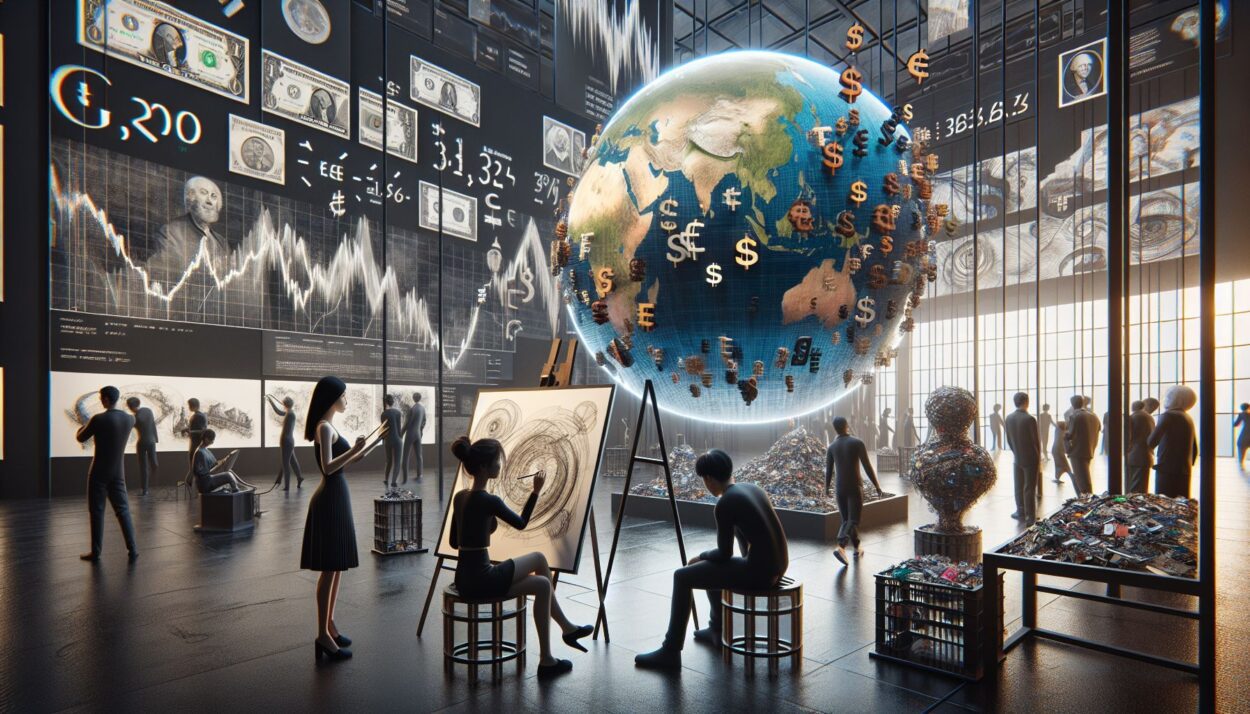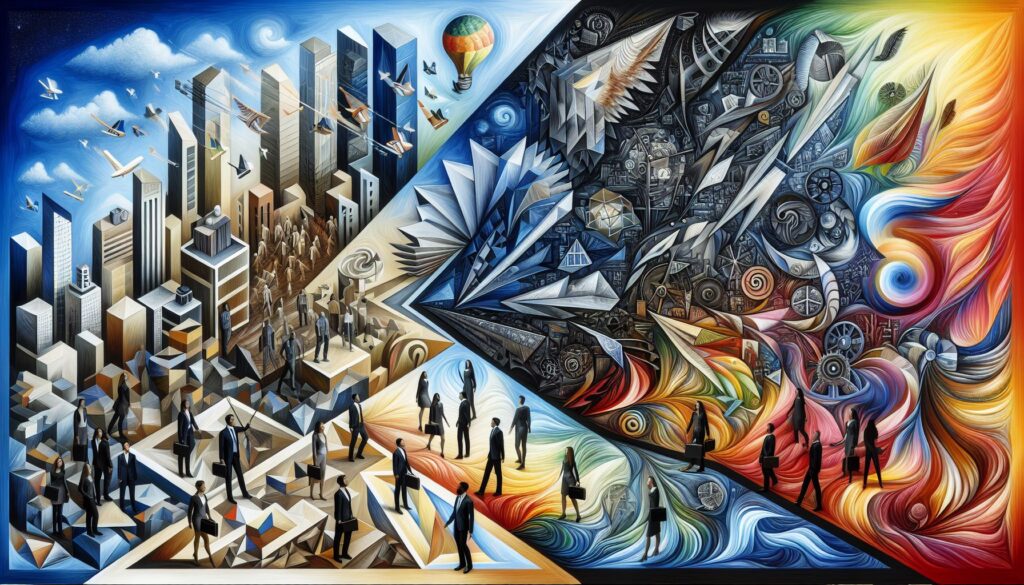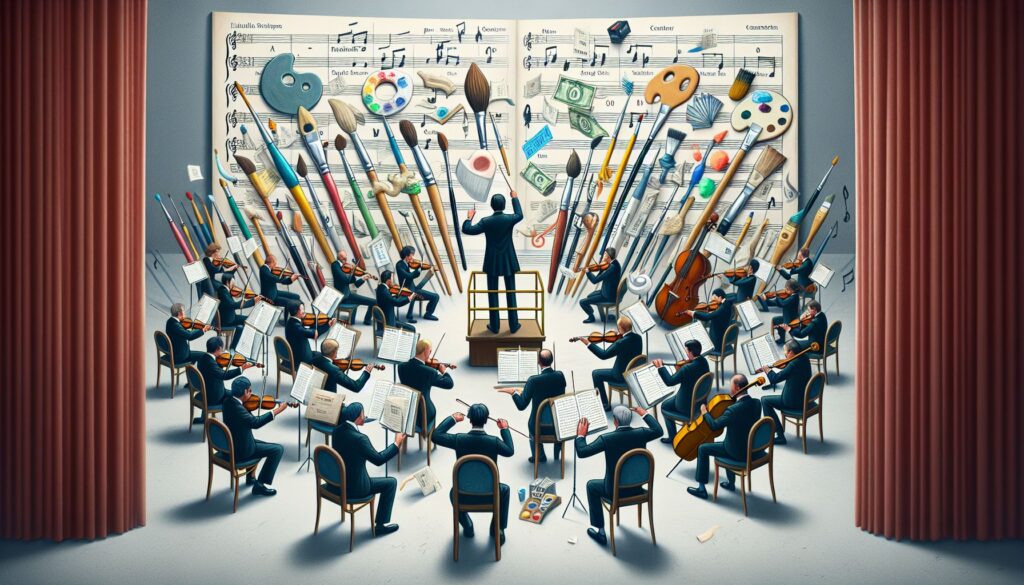In a world where beauty and business blend, the contemporary art scene serves as a rich tapestry of evocative creativity and entrepreneurial energy. Much like a shimmering kaleidoscope, it reflects a vivid array of aesthetics, economies, talents, and trends. With an eye for the unique and an ear for the nascent whispers of change, this post dives into the vibrant world of modern art, heart-first and head-next.
Painting the Landscape
The art market, historically an exclusive club of heavyweight investors and blue-chip artists, is now democratizing in a landscape where cooperation and competition thrive in tandem. Fueling this change is the uprising of a new generation of artists, buyers, and mediums. Street art, digital art, virtual reality-based art are all pioneering and disrupting the norms, challenging conventional wisdom, and reshaping the value of creativity.
Colors aplenty: Diverse Artists on Canvas of Change
This era has birthed a spectrum of skills and voices in art, spiritually akin to the many-hued palette of a maestro painter. Artists such as Toyin Ojih Odutola and Rashid Johnson explore identity, race, and history through their compelling narratives, while their works fetch record sums in auctions. In contrast, Banksy’s guerilla art and elusive persona shake up the traditional galleries and auction houses, adding an edge of unpredictability and defiance.
Digital artists, too, are tearing through the canvas of convention. Beeple’s digital masterpiece, sold as an NFT for a staggering $69 million, is not just a lucrative transaction; it signifies a tectonic shift in the acceptance and valuing of digital art forms.
Trends Sculpting the Present and the Future
The contemporary art world is being chiseled by more than just the hammer and chisel of new artists and mediums. Shifts in audience demographics, investment patterns, and the growing importance of social impact are sculpting the business of art.
Millennials and Gen-Z are stepping in as influential collectors, bringing with them their preferences for authenticity, story-telling, and emphasis on social and environmental consciousness. Corporations are also turning to art for investment purposes, but their decisions are no longer guided solely by financial returns. They now seek to align their art portfolios with their brand values and social responsibility goals.
Artists and art institutions are responding to these transformations by intertwining thematic richness and societal relevance into their creations and curation.
A Canvas that Reflects the Future
Much like art itself, the story of the contemporary art market is not told in a linear trajectory. It is instead, a vibrant mosaic; a confluence of people, perceptions, and prices. But as we stand at the cusp of these momentous shifts, it is important to contemplate both the momentum and the stillness; the change and the constancy.
The prodigious sums and headline auctions might dazzle, but the soul of art lies in its ability to inspire, provoke, and transcend. With new artists, mediums, and audience segments, art’s reach and impact could only broaden in the future. As both a reflection of society and a vehicle for change, the art sphere needs to balance commercial success with societal relevance.
In conclusion, exploring the contemporary art scene provides far more than an insight into the vortex where creativity meets commerce. It serves as a mirror reflecting societal shifts and on-going transformations, as well a crystal ball that may tell us what the future holds for the business of art.




